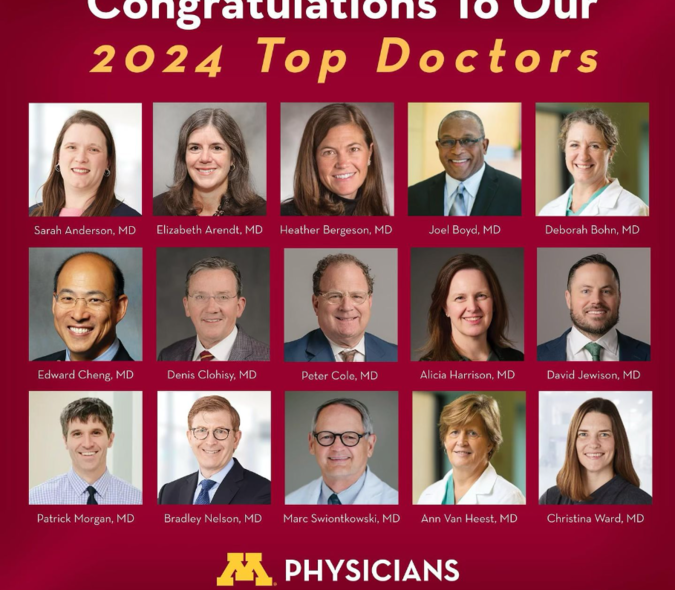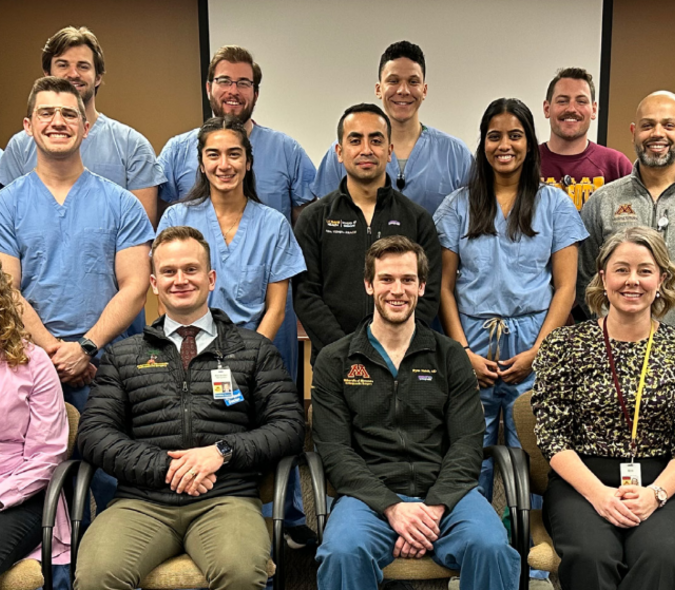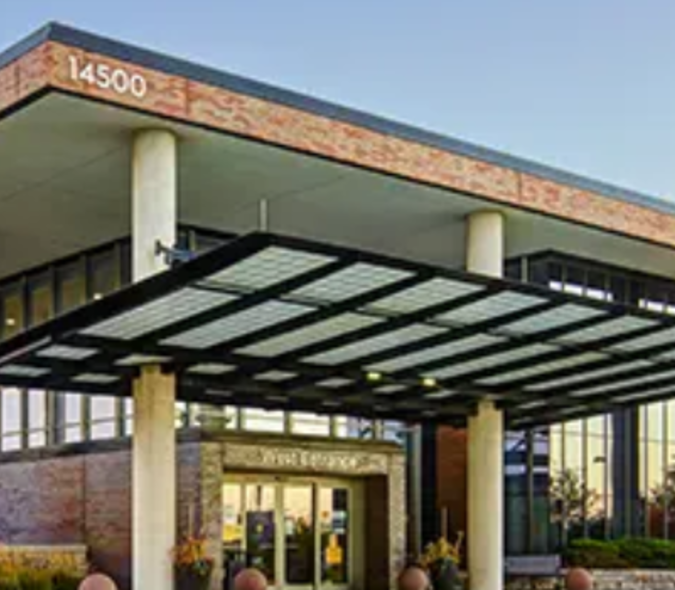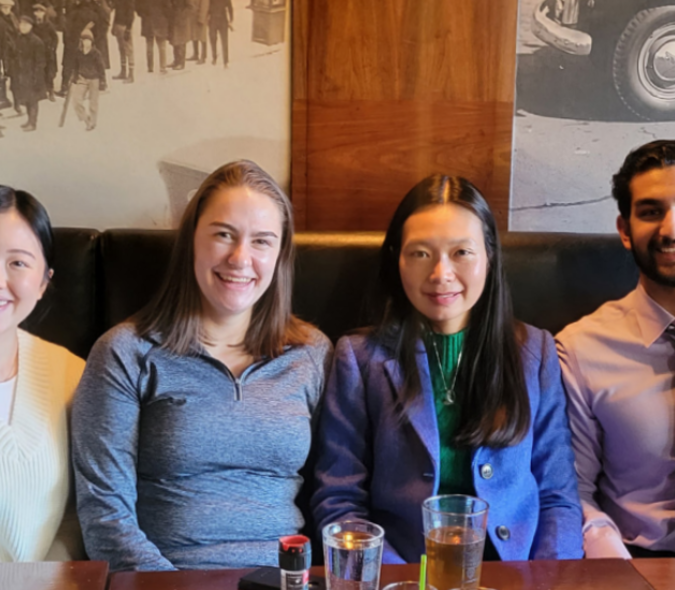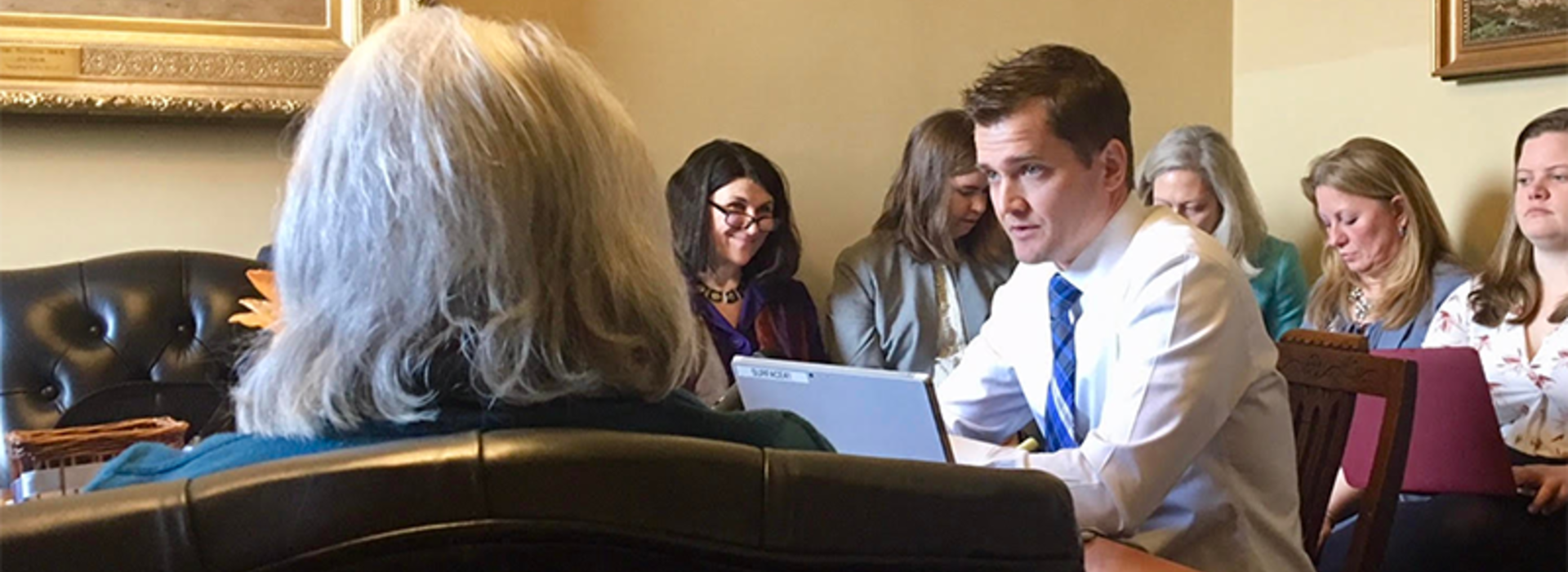
Department of Orthopedic Surgery Alumnus Works with Vermont Senate to Curb Opioid Prescriptions
Orthopedic surgeries are widely regarded as painful, and thus the specialty prescribes roughly 7.7 percent of the total opioids in the US, according to the American Academy of Orthopaedic Surgeons. Because the opioid crisis impacts nearly 2 million individuals, a multidisciplinary approach is being adopted by many state governments and healthcare systems to curb addiction.
Nicholas Antell, MD, graduated from the University of Minnesota Department of Orthopaedic Surgery Residency Program in 2015 and has been practicing at Mansfield Orthopaedics, a practice of Copley Hospital, since August 2016. It is a small community access hospital in rural Vermont.
Despite being early in his career, Antell has been involved in a Vermont Senate Health and Welfare Committee hearing on pain management. The hearing was organized after the implementation of new guidelines by the state recommending how opioids should be prescribed after surgeries. Physicians from several subspecialties were in attendance.
“Even before I started practicing, Vermont’s Senate had been working on guidelines regarding opioid prescribing,” Antell explained.
When reviewing the proposed guidelines before they took effect, Antell noticed that the recommendations were far less than what was typically being prescribed.
“The recommendations I was seeing were not what I was used to,” he shared. “I knew that since the legislation was going to take effect in six months, I better get used to it. I believe I was the first in my practice to start implementing them.”
Antell decided to take extra time with his patients before surgery to manage expectations of pain.
“If you manage people’s expectations, and let them know that no matter how much medication they take, they will experience discomfort after surgery, people are more understanding,” Antell said.
Since Antell implemented the protocol before he was obligated, Copley Hospital asked him to sit on their opioid committee. The committee was comprised of primary care doctors, surgeons, and a variety of subspecialists charged with developing strategies to educate all physicians in the hospital.
Initially, the committee worked closely with the pharmacy to create guidelines and charts detailing what could be prescribed, making the transition easier.
“When the legislation went live, I was pleasantly surprised,” Antell recalled. “There were a few exceptions of course, but most of our patients' pain was controlled to an acceptable degree under the state's guidelines.”
Due to his initiative implementing the protocols, and his work with the hospital’s opioid committee, Antell was invited to testify to the Vermont Senate Health and Welfare Committee regarding pain management in February, 2018. The Senate wanted to hear how the new legislation was working from physicians around the state.
“I surveyed our group to make sure I was speaking for everybody and not just myself,” Antell said. “I don’t think any physician wants lawmakers telling us how to practice, but it’s the reality of the opioid crisis, and physicians need to be on the front lines helping manage the regulations moving forward. We are the ones treating patients, not the people on the Senate floor.”
The Vermont Senate based their guidelines on morphine milliequivalents, which strive to establish equivalencies between medications. Then, the Senate divided the most common surgeries into minor, moderate, severe, or extreme pain categories. From there, physicians could delegate which surgeries would fall into the respective categories. For example, fractures and total joints would fall into the severe or extreme pain category.
“The morphine milliequivalents that they recommended for the categories were well below half of what we were used to prescribing,” Antell said.
In addition to the protocol, physicians have to check the Vermont Prescription Monitoring System (VPMS), to ensure that patients are not receiving narcotics from other providers. Vermont physicians also have patients review and sign a consent form which explains the risks of opioids. They are required to prescribe Narcan, the antidote to opioid overdose, in case a patient exhibits concerning symptoms.
“This definitely adds time to our practice, which can be a nuisance,” Antell said. “Nevertheless, I think it’s necessary, and if nothing else it helps raise awareness in the population and providers.”
Antell’s residency at the University of Minnesota Department of Orthopaedic Surgery prepared him for a career in orthopaedics and service to the community.
“The early exposure we had to trauma really shaped my interests,” he said. "The graduated autonomy we were given while learning total joint arthroplasty at the VA prepared me for the type of practice I have today."
"Dr. Peter Cole was a big influence, and the folks at Hennepin, Dr. Andrew Schmidt and Dr. David Templeman, also shaped my love for orthopaedic trauma. Dr. Gioe was instrumental in developing my interest in arthroplasty.”
Now, Antell, his wife, and their two children live in Waterbury Center, Vermont. Antell is proud of the practice he has developed.
“My practice is a mix of arthroplasty and trauma, and I have a healthy work/life balance,” Antell said. “I practice in an amazing location, and I love where I'm at.”
Although he chose to go back home to Vermont to be closer to family, it was tempting for him to stay in Minnesota, which he grew to love.
“I’m lucky to have done my orthopaedic surgery residency at the University of Minnesota,” he said. “The program really prepares us to be well-rounded orthopaedic surgeons.”
